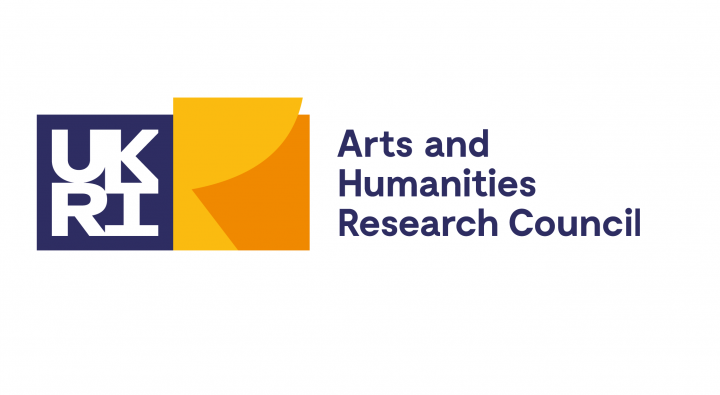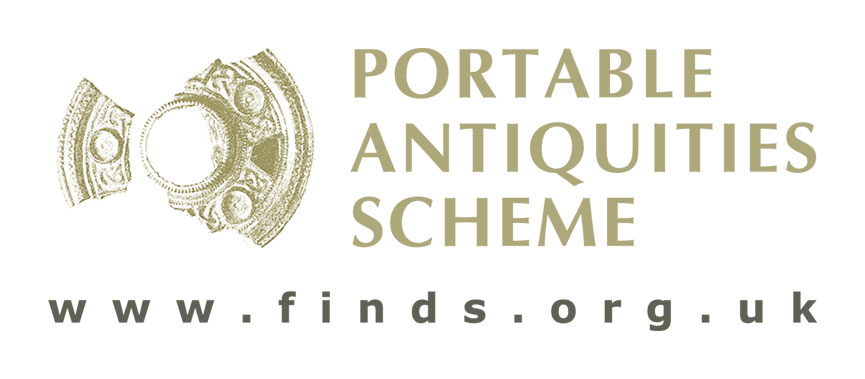Outputs
Output 2: Sites and Landscapes
Six case study sites and their landscapes will be selected for detailed investigation. Elite centres will be chosen based on their archaeological preservation and potential, and must have evidence for ecclesiastical and secular elements in their complexes. Overcoming existing geographical biases will also be a key factor when selecting case studies; emphasis will therefore be placed on regions where our understanding of medieval aristocratic centres is limited, such as northerly and westerly zones which are often overlooked by research. Each case study will be subjected to desk-based investigation of sources including written records, historic maps and aerial photography, which will be combined with a programme of intensive archaeological fieldwork. Methodologies will vary slightly depending on individual site conditions, but will include geophysical survey, topographic survey, and standing building recording.
This multi-faceted approach will provide a comprehensive archaeological profile of each case study site and its landscape. LiDAR data will allow the development of detailed topographic models, geophysics will map subsurface archaeological features, and building surveys will produce phased reconstructions of lordly investment into the built environment. Fieldwork results will be generated alongside other data collection, including visits to relevant HERs, archives, and libraries to obtain sources for desk-based analyses. The project team will take high-resolution photographs and/or copies of grey literature, cartographic and primary sources (e.g. historic documents) relevant to the medieval development of the site in question. An individual GIS will be developed for each of the case studies, into which layered data from all of the survey, recording, and archival/library visits will be incorporated and processed, allowing a fully integrated and comparative study of the evidence for each site. Individual reports will be written for each site, and these along with the survey data will be archived and made fully accessible via the ADS.
Output 2 will answer key questions of form by providing detailed data for an entirely new corpus of lordly sites, overcoming reliance on the few type-sites which have up to now formed the sole basis for insight. Moving beyond the evidence for excavation, it will define the morphology of elite centres, and explore whether similarities and differences are a consequence of variations in the character of lordship or other influences. This process will help us to answer important social questions, as detailed new data will facilitate phased reconstruction of sites and landscapes from which the phenomenon of lordly investment and control can be modelled across the period.
Output 3: Material Culture
This output will chart the changing apparel of the aristocratic classes, to illuminate evolution in decoration, display, and expression across the period. This will primarily be achieved through digital data acquired via higher level access of the Portable Antiquities Scheme. This rich dataset will be integrated into the national project GIS and collated with other published and unpublished materials, allowing the dating of aristocratic objects to be refined and their functional and decorative attributes more fully comprehended.
Significant social questions can be answered by this output as it will allow us to model the ways in which lordly power was manifested through portable material culture across the period. Geographical and spatial patterns in aristocratic accoutrement can be compared and contrasted with the evidence from elite centres derived from Outputs 1 and 2, allowing a multi-scalar assessment of lordly power expression.




